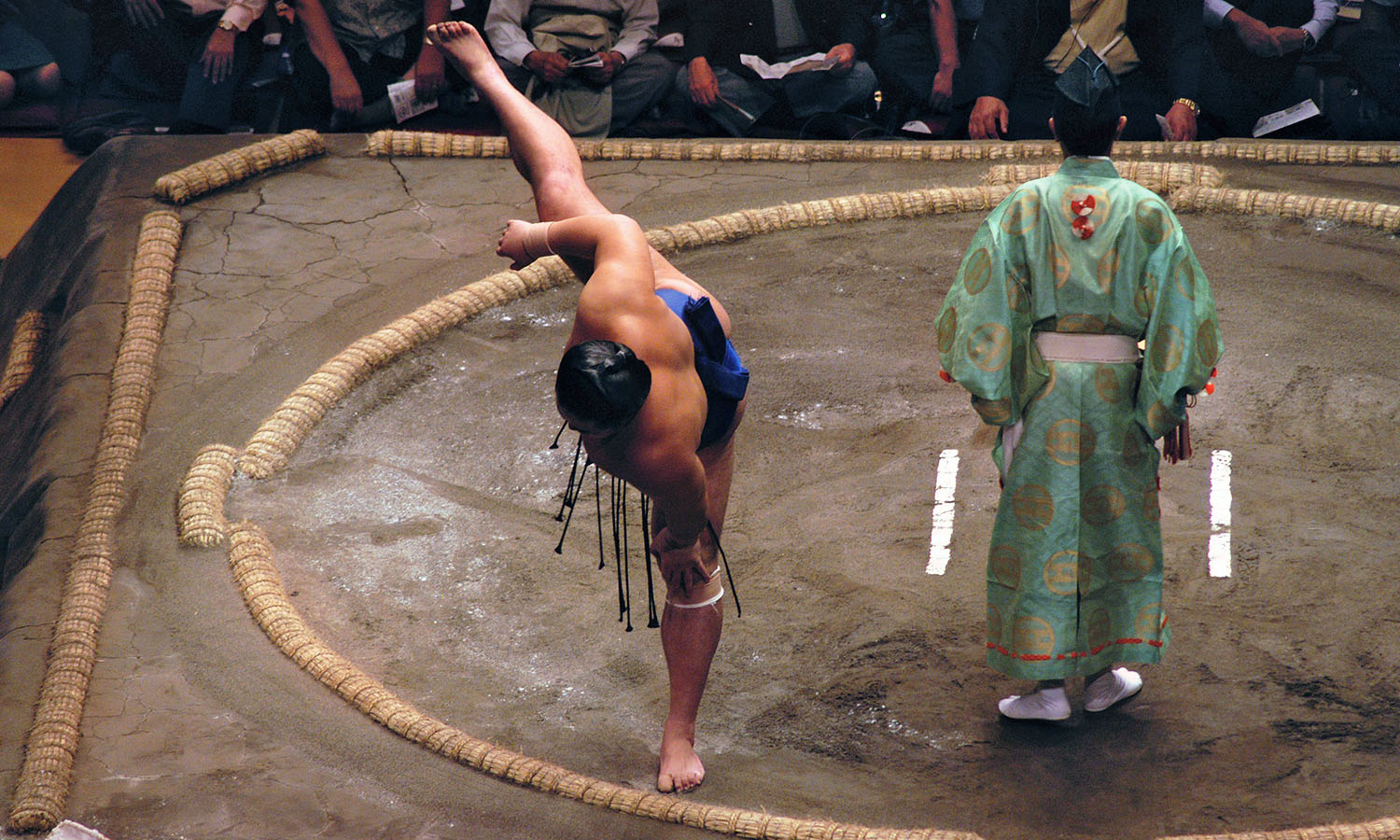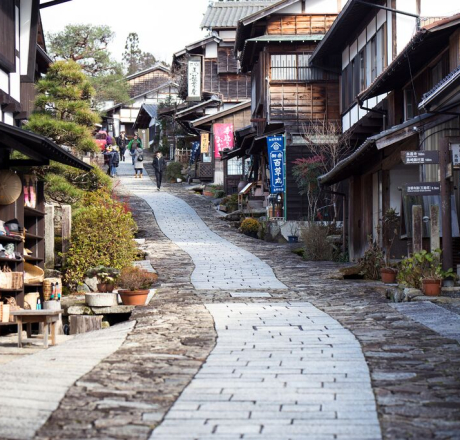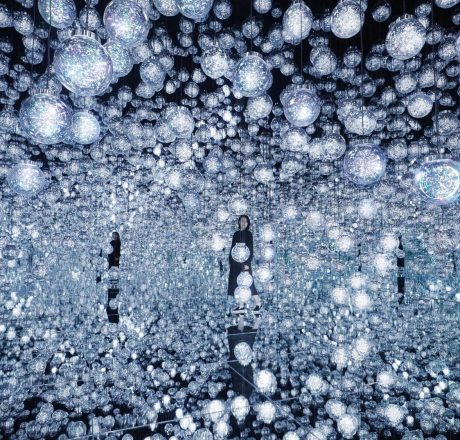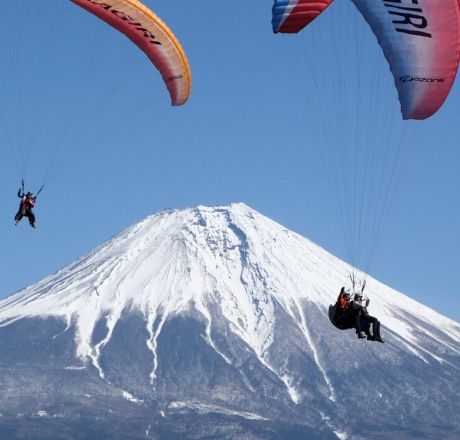Watch Sumo Wrestling Tokyo, Japan
A referee who dresses like a Shinto priest officiates proceedings, as a shrine hangs over the ring. Two enormous half-naked men clap their hands to summon the gods, sip sacred water and throw purifying salt into the ring before they grab, grapple and throw each other to the mat. Any guesses? Yes, this is sumo wrestling and no trip to Japan would be complete without checking it out.
The Japanese national sport of sumo wrestling has remained virtually unchanged for 2000 years. Originating in the Edo period and steeped in Shinto tradition, it first emerged as entertainment for the gods to honour the spirits and ensure a bountiful harvest. The traditions, culture and etiquette were shaped by travelling samurai mercenaries, known as ronin, who competed for a bounty. By the early 1600s, official sumo rules were introduced as were the first professional sumo wrestlers. Not much has changed today, including the ‘boys only’ rule – sumo still only allows men to compete and the dohyo (ring) is considered a sacred place.


There are no weight restrictions for competitors, which means someone like Mr Bean could be wrestling someone like Andre the Giant. As a result, gaining weight plays a significant part in a winning strategy. Wrestlers bulk up on a diet of chankonable, a stew made up of a protein (chicken, beef, fish or tofu), vegetables (potatoes, cabbage, bok choy, mushrooms and radishes) and broth. The average competitor’s weight in the top makuuchi division of professional sumo is 160kg. Currently, the heaviest sumo wrestler still active is Kenho Mitsuo who weighs in at a modest 250 kilograms and is only 180 centimetres tall. Ouch!
In keeping with tradition, sumo wrestlers (known as rikishi) must always wear traditional dress even when out in public, and style their hair into a symbolic chrysanthemum shape, the symbol of the Emperor in Tokyo. And don’t be surprised if you see a sumo wrestler munching on a chicken wing or two on the train or taking a taxi – they’re forbidden to drive a car.
AirAsia flies from Melbourne to Japan and has some great deals on return flights.





To watch a sumo tournament jump aboard Wendy Wu Tours’ 18-day Japan Uncovered or 14-day Trails of Japan tour. Prices start at AU$10,040 per person for Trails of Japan and AU$11,390 for Japan Uncovered.
Wendy Wu Tours
wendywutours.com.au
Sumo wrestling tournaments only take place six times a year. In Tokyo, you can see them in January, May and September; Osaka in March; Nagoya in July; and Fukuoka in November. Plan your trip accordingly. There’s no need to wrestle with all the details – you can get excellent guidance and tips from the advisors at Wendy Wu Tours, who brought us this highlight.
 (
(






